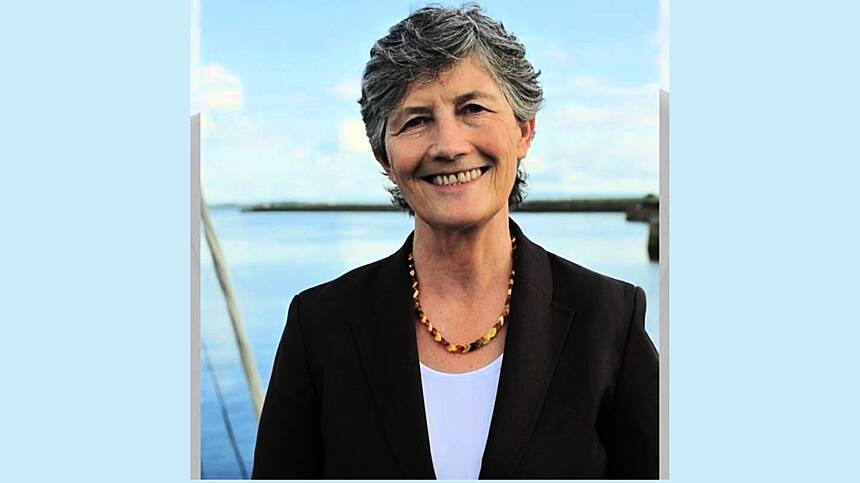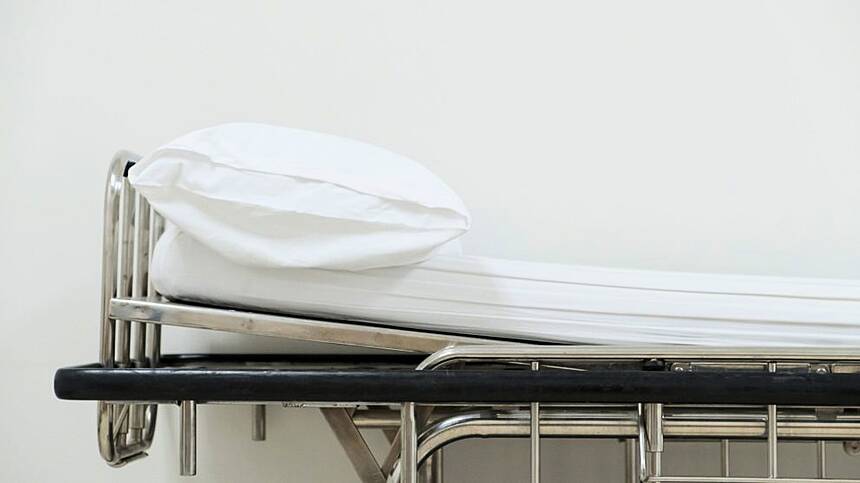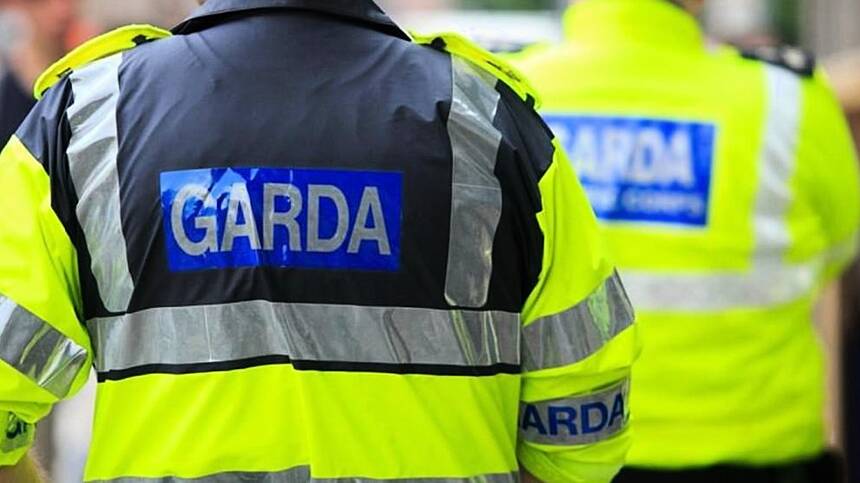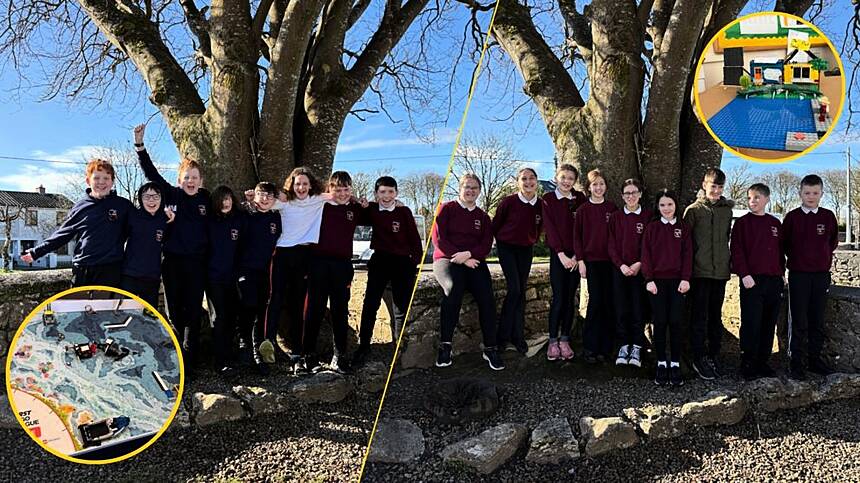Galway Bay fm newsroom - An Oireachtas Committee has heard that it may not be possible to identify all those buried at the site of the former Tuam Mother and Baby Home.
Dr Niamh McCullagh - who led the forensic investigation team at Tuam, Bessborough and Sean Ross Abbey - says identification at Tuam will be particularly difficult.
She said due to the nature of the burials, many bones will have separated and mixed making individualisation, and subsequent identification, particularly difficult.
She warned it cannot be assumed that all of the individuals buried will be identified, whether through DNA or other identification processes.
It comes as the Government is preparing legislation to provide a framework to allow for exhumation at locations where inappropriate burials have taken place.
It's encountered significant opposition from survivors and families, who feel it doesn't allow for proper investigation into the deaths, or put their rights at the core of the legislation.
While Dr. McCullagh said while she broadly supported the proposed bill, she also raised a number of concerns, including what will happen to remains which cannot be identified.
Dr. McCullagh indicated the process of recovery in Tuam, before any DNA work can begin, could take up to a year:
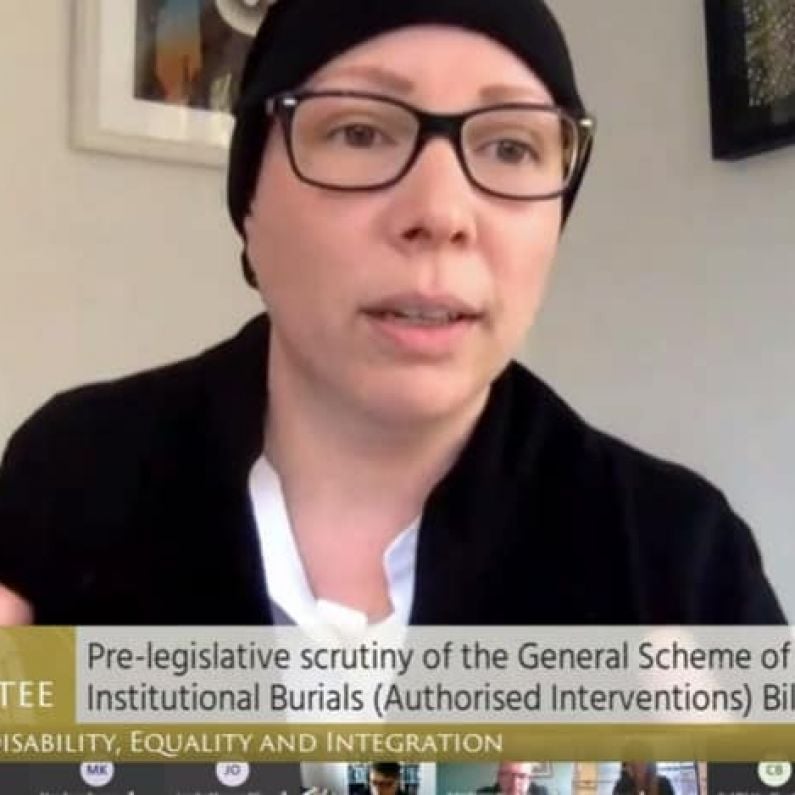
And Dr. McCullagh said the Tuam site is far more complex than Bessborough or Sean Ross Abbey:




